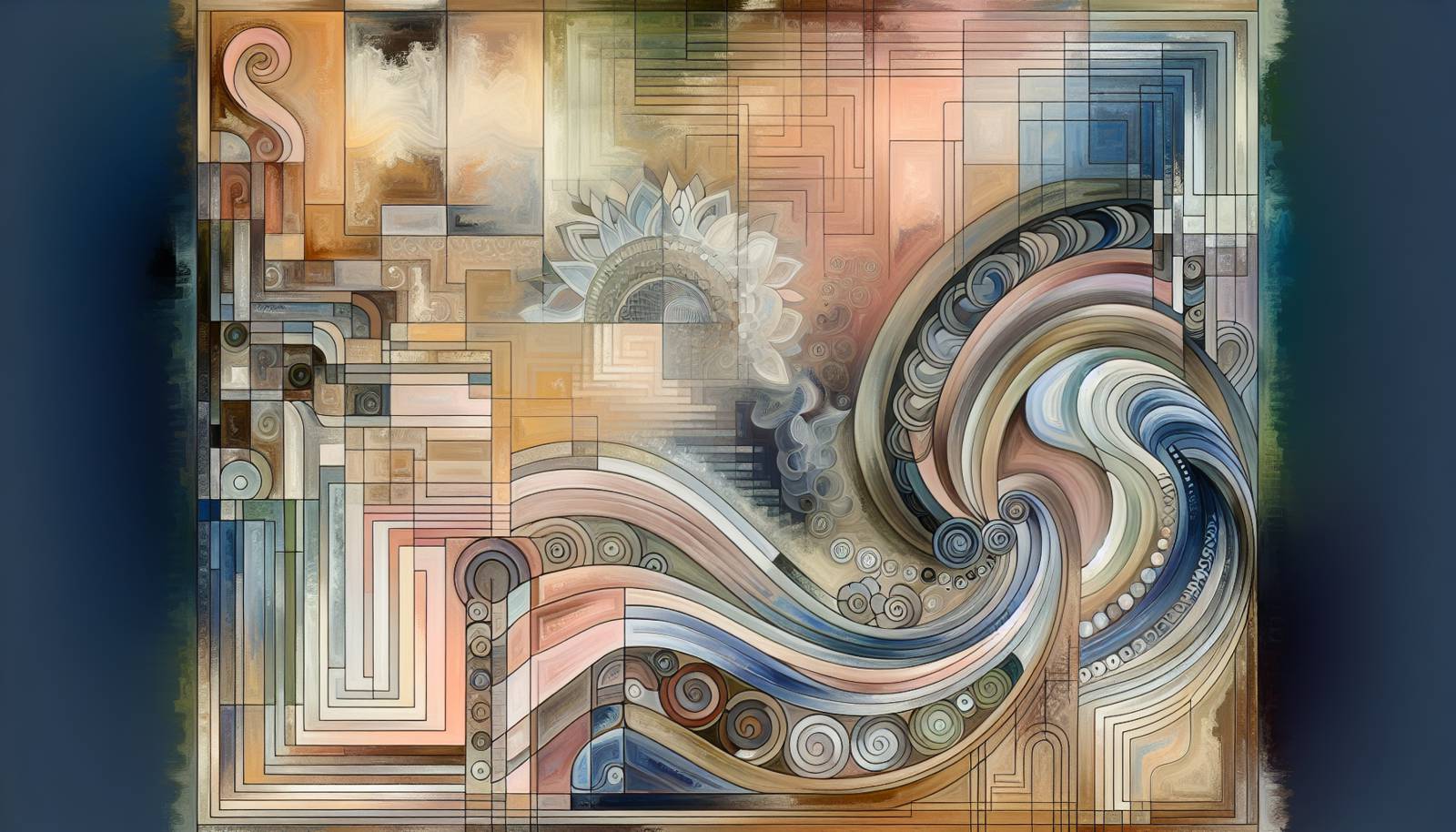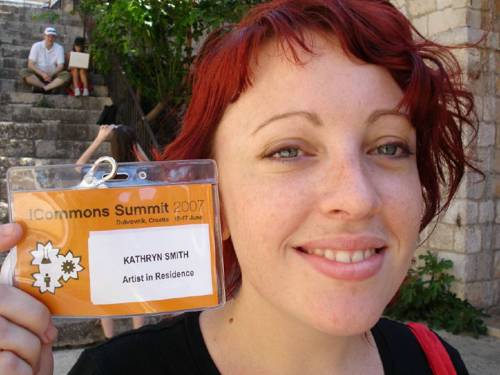
FAQ About The Evolution of Artistic Residencies in Cultural Development

What is an artistic residency?
An artistic residency is a program that offers artists, writers, and creators time and space away from their usual environments to work on their projects. It provides them the opportunity for reflection, research, production, and immersion within a new community. These residencies encourage creative exchange and foster growth by allowing artists to establish new networks and develop their practice without the constraints of everyday life.

How do artistic residencies contribute to cultural development?
Artistic residencies contribute to cultural development by fostering exchange between artists and communities, promoting diversity of thought and collaboration. They act as a melting pot for different cultural practices and ideas, encouraging dialogue and innovation. These residencies can revitalize local communities, bringing new life to public spaces, and can also influence local economies by attracting tourism and encouraging local art initiatives.

What types of artistic residencies are available to artists?
There are various types of artistic residencies available, including but not limited to: traditional studio-based residencies, site-specific or environmental residencies, community-engaged residencies, and interdisciplinary residencies. Each type offers different focuses such as individual creation, community collaboration, or thematic exploration, allowing artists to find a program that best fits their creative goals and interests.

Why are artistic residencies important for contemporary art practices?
Artistic residencies play a critical role in contemporary art practices by providing artists with unique opportunities to develop and experiment with new ideas. They offer a supportive environment where artists can push boundaries, break new ground in their practice, and engage with diverse perspectives which can lead to innovation and new approaches in art-making. This contributes to the evolution of contemporary art and its role in society.

How do artists typically apply for a residency?
Artists typically apply for a residency through a formal application process, which often requires them to submit a proposal outlining their project, along with samples of their work, a resume, and sometimes letters of recommendation. Each residency program has unique application requirements and deadlines, so it's important for artists to thoroughly research and prepare their applications according to each program's specific guidelines.

What are the benefits of participating in an artistic residency?
Participating in an artistic residency offers numerous benefits, including the chance for artists to focus full-time on their work without day-to-day distractions, the opportunity to engage and collaborate with fellow artists, and access to new environments and cultural contexts. Additionally, residencies can provide artists with new skills, resources, and visibility for their work, enhancing their career and professional development.

Can non-visual artists participate in residencies?
Yes, non-visual artists can also participate in residencies. Many programs are open to writers, musicians, performers, filmmakers, and other creative practitioners. These interdisciplinary or discipline-specific residencies allow a wide range of artists to engage in creative development and cultural exchange, fostering a diverse community of creators within the residency environment.

How do cultural exchanges occur during artistic residencies?
Cultural exchanges during artistic residencies occur through interactions between artists from various backgrounds and the local community. This can include collaborations on projects, participation in public workshops, exhibitions, or performances, and informal exchanges of ideas and cultural practices. These interactions promote mutual understanding and appreciation of different cultures, contributing to a rich cultural tapestry and fostering lasting relationships.

What challenges do artistic residencies face in contemporary times?
Artistic residencies face several challenges in contemporary times, including funding difficulties, logistical issues related to COVID-19 or travel restrictions, and ensuring diversity and accessibility for artists from underrepresented groups. Additionally, maintaining a balance between offering a creative haven and fostering meaningful community engagement can be complex as residencies adapt to evolving social, economic, and environmental contexts.

What role do artistic residencies play in local community engagement?
Artistic residencies play a significant role in local community engagement by creating opportunities for community members to interact with artists, participate in art projects, and access cultural events. They often host workshops, open studios, exhibitions, and discussions that invite public participation, strengthen local cultural identity, and address community interests and issues through creative expression.

How have artistic residencies evolved over time?
Artistic residencies have evolved from primarily offering isolated retreats for individual contemplation to encouraging community interaction and cross-disciplinary collaboration. With technological advancements and a greater emphasis on social engagement, modern residencies often include digital components, broader participant demographics, and diverse thematic explorations, reflecting changes in global art practice and cultural dynamics.

Are there international residency opportunities for artists?
Yes, there are numerous international residency opportunities available for artists, offering them a chance to explore new cultures and environments while developing their work. These residencies can be found across various countries and institutions, each providing unique contexts and cultural settings. International residencies often emphasize cross-cultural exchange and collaboration, helping artists to build global networks and perspectives.

How does one choose the right artistic residency?
Choosing the right artistic residency involves considering factors such as the focus and goals of the residency, the provided facilities and resources, location, and duration. Artists should also evaluate the residency's expectations for participants, such as community engagement or production of work. Ultimately, the residency should align with the artist's personal and professional objectives, offering opportunities for artistic growth and development.

What impact do artistic residencies have on artists?
Artistic residencies have a significant impact on artists by providing time and space to concentrate deeply on their work, explore new ideas, and develop their practice. The exposure to different cultures and artistic perspectives can lead to creative breakthroughs and enhance their professional networks. Artists often gain greater visibility and recognition through residency exhibitions and projects, boosting their careers and credibility in the art world.

Do artistic residencies have themes or specific focuses?
Many artistic residencies have themes or specific focuses to guide projects and frame the residency experience. These can range from environmental sustainability, social justice, cultural heritage, technology, to experimental and interdisciplinary practices. Such thematic orientations encourage artists to engage deeply with particular subjects, often resulting in thought-provoking and contextually relevant artwork.

How are artistic residencies funded?
Artistic residencies are funded through various sources, including government arts councils, private donations, non-profit organizations, and philanthropic foundations. Some residencies charge participation fees, while others offer stipends or travel grants to offset costs for artists. The funding model often influences the residency's structure, resources available, and accessibility for artists.

What is the historical significance of artistic residencies in art history?
The concept of the artistic residency has historical significance as it has allowed for the preservation and advancement of art throughout history. Historically, patronage systems offered residencies to artists, enabling them to create significant works in conducive environments. In contemporary times, residencies continue to play an important role in supporting innovation and experimentation in art practices, contributing to the dynamic evolution of the art world.

How do artistic residencies influence the host communities culturally and economically?
Artistic residencies can greatly influence host communities by enhancing cultural offerings, stimulating local arts scenes, and encouraging community participation in various cultural projects. Economically, they can draw tourism, create jobs related to arts management and events, and stimulate local businesses during residency events and exhibitions. This multifaceted impact fosters a thriving cultural and economic ecosystem.

What role do artistic residencies play in fostering innovation in the arts?
Artistic residencies foster innovation in the arts by providing an environment that encourages experimentation and risk-taking. They offer artists time and space to explore new ideas, collaborate across disciplines, and test unconventional approaches. This freedom can lead to groundbreaking works and methodologies that challenge traditional boundaries and contribute to the continual evolution of the arts.

Can emerging artists apply for artistic residencies?
Yes, many artistic residencies welcome applications from emerging artists, providing them with critical resources and opportunities to develop their practice. Emerging artists can benefit greatly from the mentorship, exposure, and professional network residencies offer, which can be invaluable for their career progression and creative development. Some programs are specifically designed to support emerging talent, recognizing the importance of nurturing new voices in the arts.
